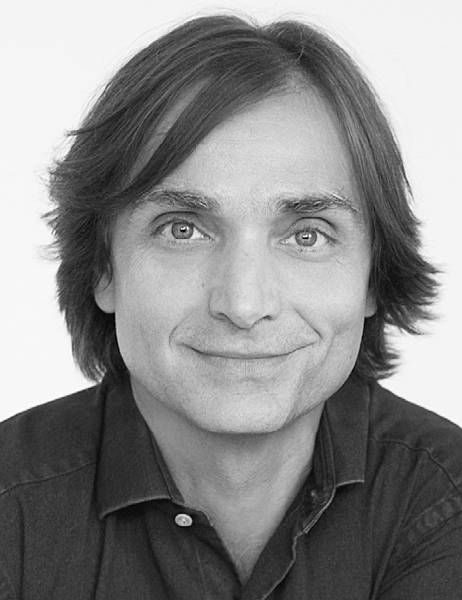
Vertical and horizontal augmentation presents one of the greatest challenges of bone regeneration in implant dentistry. This is primarily due to the difficulty of the surgical procedure and its potential complications. Patient selection, patient preparation for surgery, precise surgical techniques and post-operative management are the key factors in reducing the rate of bone graft complications.
To predictably achieve successful bone augmentation angiogenesis, clot stability and space maintenance should be employed. Another important factor is flap closure during bone augmentation. The key to achieving wound closure is not only the clinician’s ability in obtaining a tension free release flap but also good soft tissue quality and quantity. In an attempt to achieve wound closure and hence graft stability, the buccal mucosa are often broadly released, and this often results in a severe apical translocation of the mucogingival line, loss of vestibule and keratinized mucosa (KM). Recent research on vertical and horizontal ridge augmentation as well as soft tissue reconstruction will be presented.
Utilizing these procedures may lessen the need for harvested autogenous bone and may generally lead to decreased morbidity and therefore increased patient comfort and satisfaction associated with these regenerative procedures.
Learning Objectives:
- To understand the biology of the incorporation of the bone graft
- To understand the surgical anatomy of the floor of the mouth
- To learn the surgical principles of ridge augmentation surgery
- To learn the surgical principles of the reconstruction of the vestibule and keratinized tissue after ridge augmentation